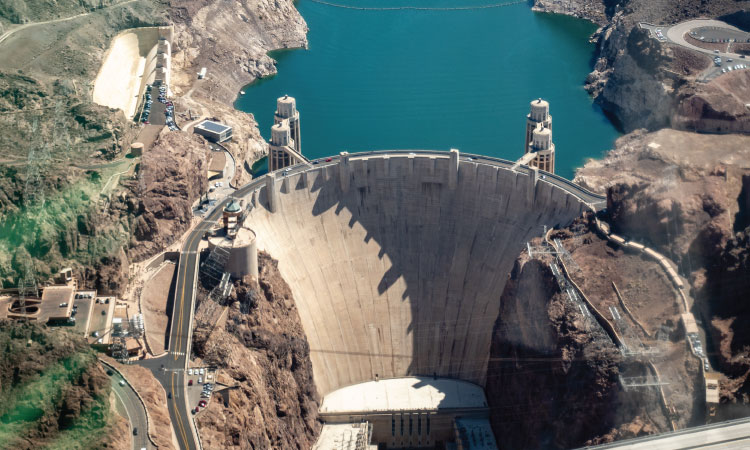

Many elements can damage a building’s structural integrity. Catastrophic failures can occur if they are not monitored correctly. Proper maintenance and inspection are needed to accurately assess structural health. Structural Health Monitoring is the process of adding a network of sensors to create a damage detection system. MEMS (Micro-Electro-Mechanical Systems) sensors can be applied to various structures to forecast and monitor their condition and status.
Bridges, dams, tunnels, and buildings are all different structures that can use a Health Monitoring System. A system of this capacity would grant users different ways to analyze a structure’s state. The application of various sensors produces data describing the building’s integrity and stability in different cases. It is able to notify users of any changes in the structure such as cracks and vibrations.

MEMS (Micro-Electro-Mechanical Systems) are the leading option in Structural Health Monitoring. MEMS are considered to be miniaturized mechanical and electro-mechanical devices that present output of various measures. Their small size, portability, low power consumption, and cost-effectiveness make them the ideal solution to be used for monitoring structural integrity.
CTi’s TILT inclinometers can be used in modern civil engineering to build a Structural Health Monitoring System. The TILT sensors provide inclination and vibration data that would monitor the movement and displacement of a structure in different circumstances. This information is critical for evaluating the status of a structure and for developing future construction plans.

Integrating the recent advancements in wireless technology with structure monitoring would give engineers data that can be accessed in real-time. Developers are able to create specific thresholds and the system would alert an engineer when the structure’s limits are being approached. This kind of warning can be vital for emergency situations or for daily analysis.
As different structures age, it is important to have the proper measures to ensure its security and reliability. According to ASCE’s 2017 infrastructure report card, nearly 10 percent of the United States’ bridges were structurally deficient and the average age of our bridges is 43 years old. They also exhibited that 17 percent of U.S. dams were identified as having a high-hazard potential.(Original Report)


